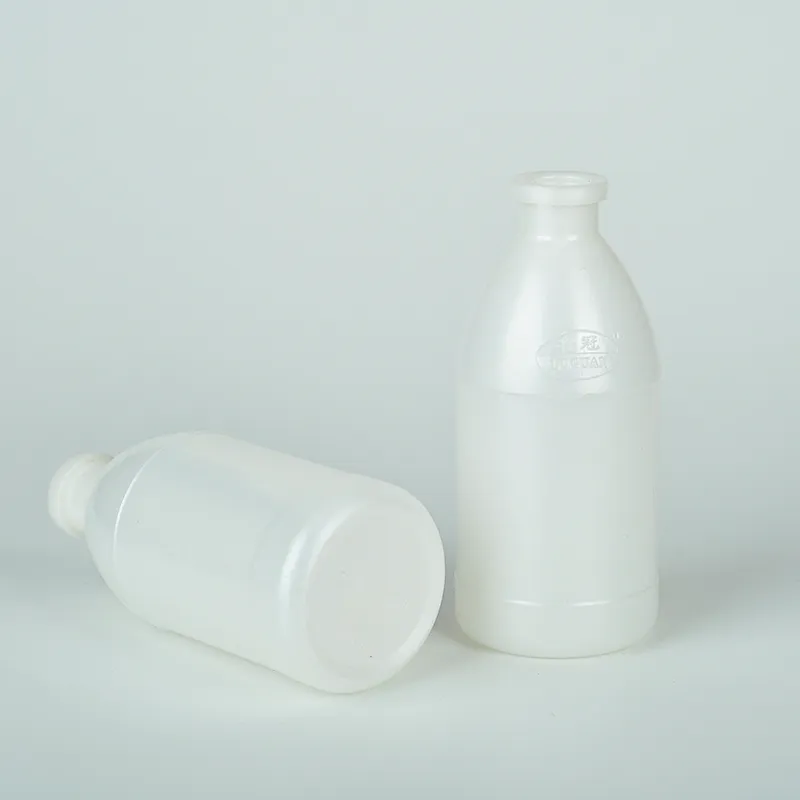https://www.wahmg.com/)">
plastic petri dish sizes
plastic petri dish sizes
Understanding Plastic Petri Dish Sizes A Comprehensive Overview
Plastic Petri dishes are essential tools in microbiology, cell culture, and various scientific research domains. Their unique design and material properties make them ideal for incubation and observation of microorganisms, fungi, and cell cultures. However, an essential aspect that researchers must consider is the size of the Petri dishes they use. This article aims to provide insights into the different sizes of plastic Petri dishes, their applications, and considerations for selection.
Common Sizes of Petri Dishes
Plastic Petri dishes are available in a variety of sizes, typically measured in diameter. The most common sizes are 35 mm, 60 mm, 90 mm, and 100 mm. Each size serves different purposes depending on the nature of the experiment
1. 35 mm Petri Dishes These are often used for smaller microbial cultures or when minimal sample quantities are available. They are ideal for assays that require limited space or when working with high-throughput screening where multiple samples can be evaluated simultaneously.
2. 60 mm Petri Dishes A popular choice in laboratory settings, the 60 mm dish offers more surface area for bacterial growth while maintaining a compact size. It’s frequently utilized in routine microbiological procedures, such as the cultivation of bacteria and various types of fungi.
plastic petri dish sizes

3. 90 mm Petri Dishes This size strikes a balance between surface area and volume. Researchers often use 90 mm dishes for larger samples or when multiple colonies need monitoring over time. Their spaciousness allows for various experimental setups, including assays that require multiple conditions to be tested in parallel.
4. 100 mm Petri Dishes The largest common size, 100 mm dishes, are suitable for extensive plant tissue cultures and larger microbial growth scenarios. They provide ample space for larger specimens or when a considerable amount of agar is needed for specific types of experiments.
Choosing the Right Size
Selecting the appropriate size of a Petri dish is crucial for the success of an experiment. Researchers must consider the type of organisms being cultured, the volume of media required, and the specific protocols they will follow. Smaller dishes may be more cost-effective and require less media, making them suitable for preliminary tests or small-scale experiments. On the other hand, larger dishes allow for more extensive experiments and can accommodate more specimens, which is beneficial for statistical evaluations.
Conclusion
In conclusion, the size of plastic Petri dishes is a significant factor in laboratory settings that can influence the outcome of microbiological and cellular experiments. Understanding the different sizes available—35 mm, 60 mm, 90 mm, and 100 mm—enables researchers to make informed decisions based on their specific needs. By choosing the appropriate dish size, scientists can optimize their research processes, ensuring they achieve accurate and reliable results in their work. As research continues to evolve with advancements in technology, the versatility and adaptability of plastic Petri dishes remain paramount in fostering scientific discoveries.
-
Wholesale Plastic Juice Bottles with Caps 16 oz Options Available Bulk Packaging SolutionsNewsJun.10,2025
-
Laboratory Apparatus Reagent Bottle – Durable & Chemical Resistant Bottles for Safe StorageNewsJun.10,2025
-
Squeezable Dropper Bottles Durable, Leak-Proof & CustomizableNewsMay.30,2025
-
Affordable Plastic Petri Plates Sterile & Disposable Lab-GradeNewsMay.30,2025
-
Eye Dropper Caps Precision 24/410 & Plastic Bottle-Compatible TipsNewsMay.30,2025
-
Affordable Mini Spray Bottle Price & Wholesale Deals Shop NowNewsMay.29,2025





















